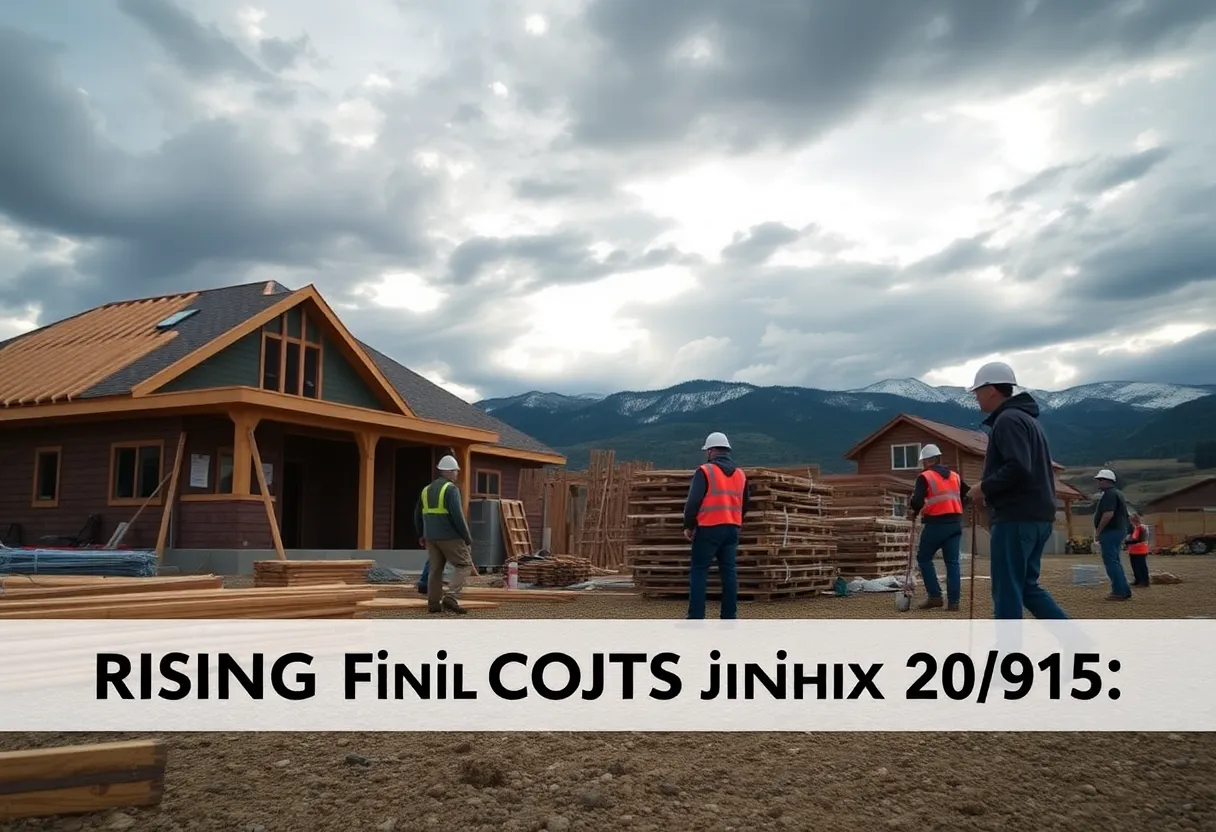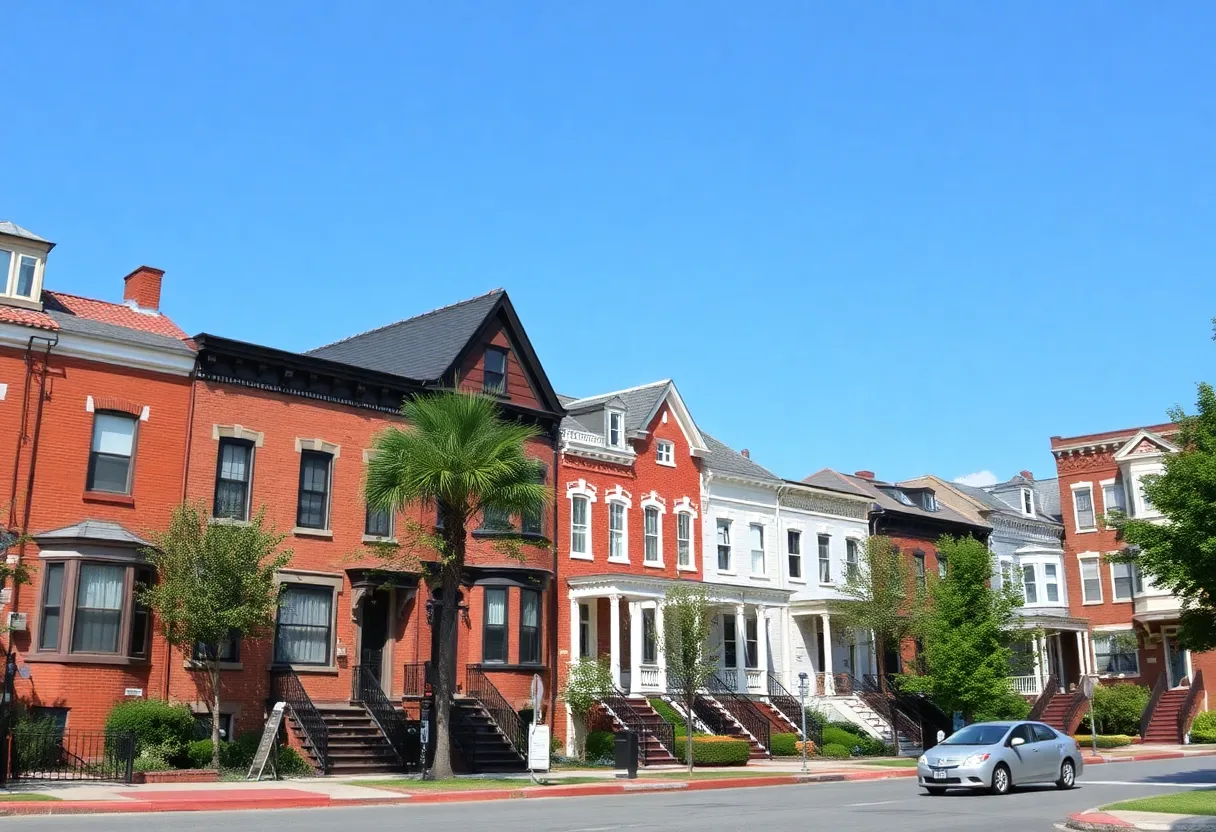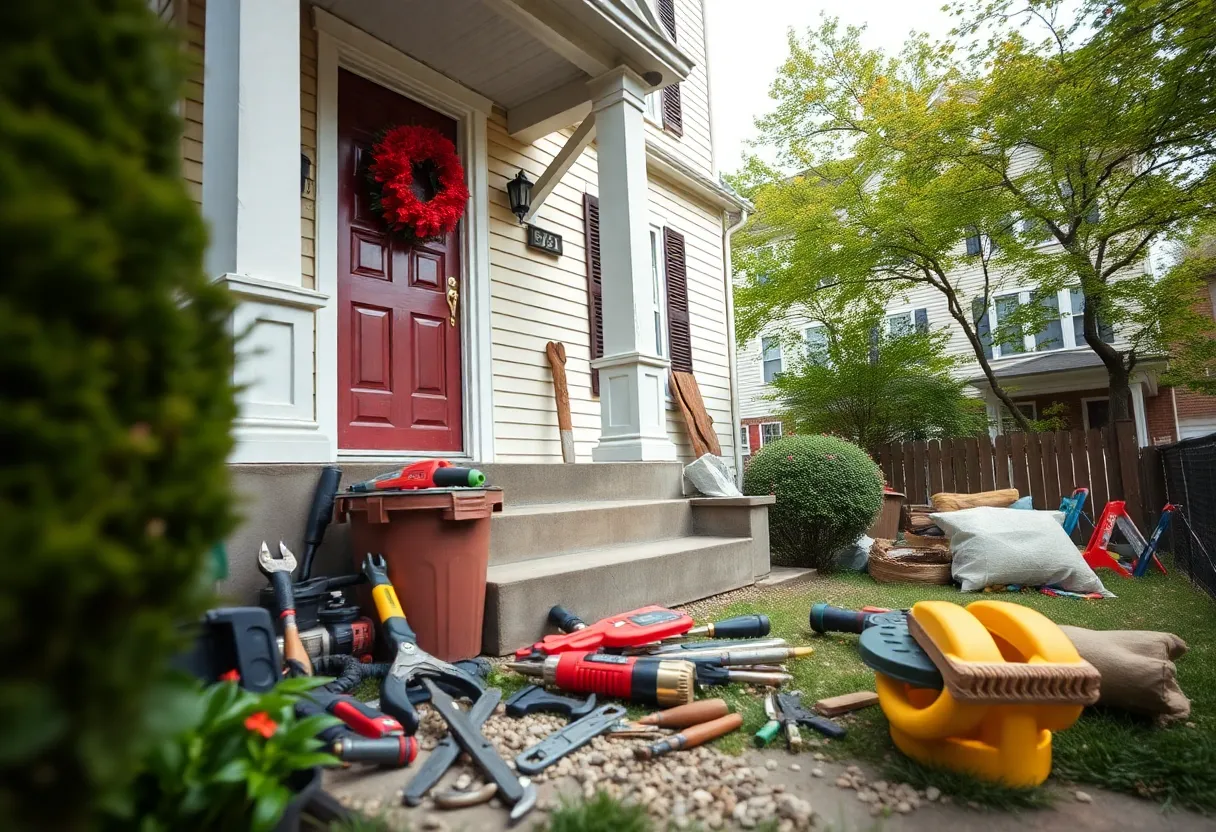News Summary
The construction industry in Colorado is facing significant challenges as tariffs on essential materials increase dramatically, leading to higher costs for businesses and consumers. A report highlights a surge in tariffs, prompting concerns over rising construction costs and stagnant housing permits. With raw material prices climbing and a looming housing deficit, stakeholders are worried about the impact on the construction landscape across the state. Governor Jared Polis has warned that these tariffs are detrimental to the economy and family finances, with a critical ruling expected soon that may influence future tariffs.
Denver, Colorado – The construction sector in Colorado is facing significant challenges as rising tariffs on crucial materials impact developer sentiment and profit margins. According to a report by the Colorado Office of State Planning & Budget, released on September 4, 2025, increasing tariffs are leading to higher costs for both businesses and consumers across the state.
In just one year, tariffs have surged from an average of 3% in 2024 to a staggering 21% in 2025, marking a sevenfold increase and placing the tariffs at their highest level in over a century. This dramatic rise is drawing parallels to the tariff levels observed in 1910, causing ripples throughout various sectors, including construction, agriculture, durable and nondurable goods, energy, health care, and technology, all of which make up more than 90% of Colorado’s international trade.
The implications of these tariffs are significant for the construction industry, which contributed $33 billion to the state’s gross domestic product (GDP) in 2024 and employs over 190,000 workers across more than 22,000 businesses. In Colorado’s Western Slope region, construction alone accounts for 9% of the local GDP and 10% of available jobs.
Cost increases for raw materials are becoming a pressing concern, with prices for essential construction materials like steel, aluminum, and copper rising by 20-40% compared to levels from 2020. With approximately 7% of the materials used in residential construction being imported, project costs have escalated to 15-25% higher than they were just five years ago. Such increases are troubling, as construction materials constitute 35-50% of the overall costs involved in building a home.
As costs climb, demand for construction is showing signs of weakness. For example, housing construction permits, which were initially projected to increase by 3.9% in 2025, have been revised down to an increase of only 0.5%, indicating a stagnation near 2024 permit levels. The recently elevated capital costs have led to concerns that further construction activity will be limited, thereby exacerbating the existing housing deficit in rural areas, where affordability remains a critical issue.
The housing deficit in Colorado has seen a decline from a peak of 140,000 in 2019 to 106,000 in 2023; nevertheless, the current economic environment coupled with rising material costs threatens to reverse this progress. Governor Jared Polis has expressed that these tariffs are contributing to increased consumer costs and are detrimental to the economy, forcing families into deciding regarding their finances.
The ramifications of the rising tariffs are likely to be heavily felt in several counties, such as Eagle, Garfield, and Mesa counties, in addition to the Denver Metro Area. Insights from a recently affirmed ruling by a U.S. federal appeals court suggest that the executive branch may not possess the authority for many tariffs currently in effect. A crucial decision regarding the future of these tariffs is anticipated by October 14, 2025, which may further influence the construction landscape.
As the Colorado construction sector grapples with the impact of rising tariffs and material costs, stakeholders remain vigilant in assessing how these factors will shape the industry moving forward. The combination of higher input costs and muted demand could make it increasingly challenging for developers and contractors to navigate the current economic climate successfully.
Deeper Dive: News & Info About This Topic
HERE Resources
Baltimore Housing Market Faces Downturn Amid Rising Cancellations
Decline in Nevada’s Job Market Amid Construction Losses
Labor Shortages Challenge Small Construction Firms
Baltimore Welcomes New Tenant at Tradepoint Atlantic
Challenging Times Ahead for Construction Industry
Trump Administration Considers Tariff Exclusions for Housing Market
Belpre City Schools Announces New Campus Project
President Trump’s Controversial Visit to Scotland Amid Protests
Trump and Powell Clash Over Federal Reserve Renovation Costs
Donald Trump Visits Scotland Amid Protests and Security Concerns
Additional Resources
- Vail Daily
- Google Search: construction tariffs
- Colorado Biz
- Wikipedia: Tariff
- Denver Post
- Encyclopedia Britannica: economics
Author: STAFF HERE BALTIMORE WRITER
The BALTIMORE STAFF WRITER represents the experienced team at HEREBaltimore.com, your go-to source for actionable local news and information in Baltimore, Baltimore County, and beyond. Specializing in "news you can use," we cover essential topics like product reviews for personal and business needs, local business directories, politics, real estate trends, neighborhood insights, and state news affecting the area—with deep expertise drawn from years of dedicated reporting and strong community input, including local press releases and business updates. We deliver top reporting on high-value events such as the Baltimore Book Festival, Preakness Stakes, and Artscape. Our coverage extends to key organizations like the Baltimore Chamber of Commerce and Visit Baltimore, plus leading businesses in shipping and healthcare that power the local economy such as the Port of Baltimore and Johns Hopkins Medicine. As part of the broader HERE network, we provide comprehensive, credible insights into Maryland's dynamic landscape.





